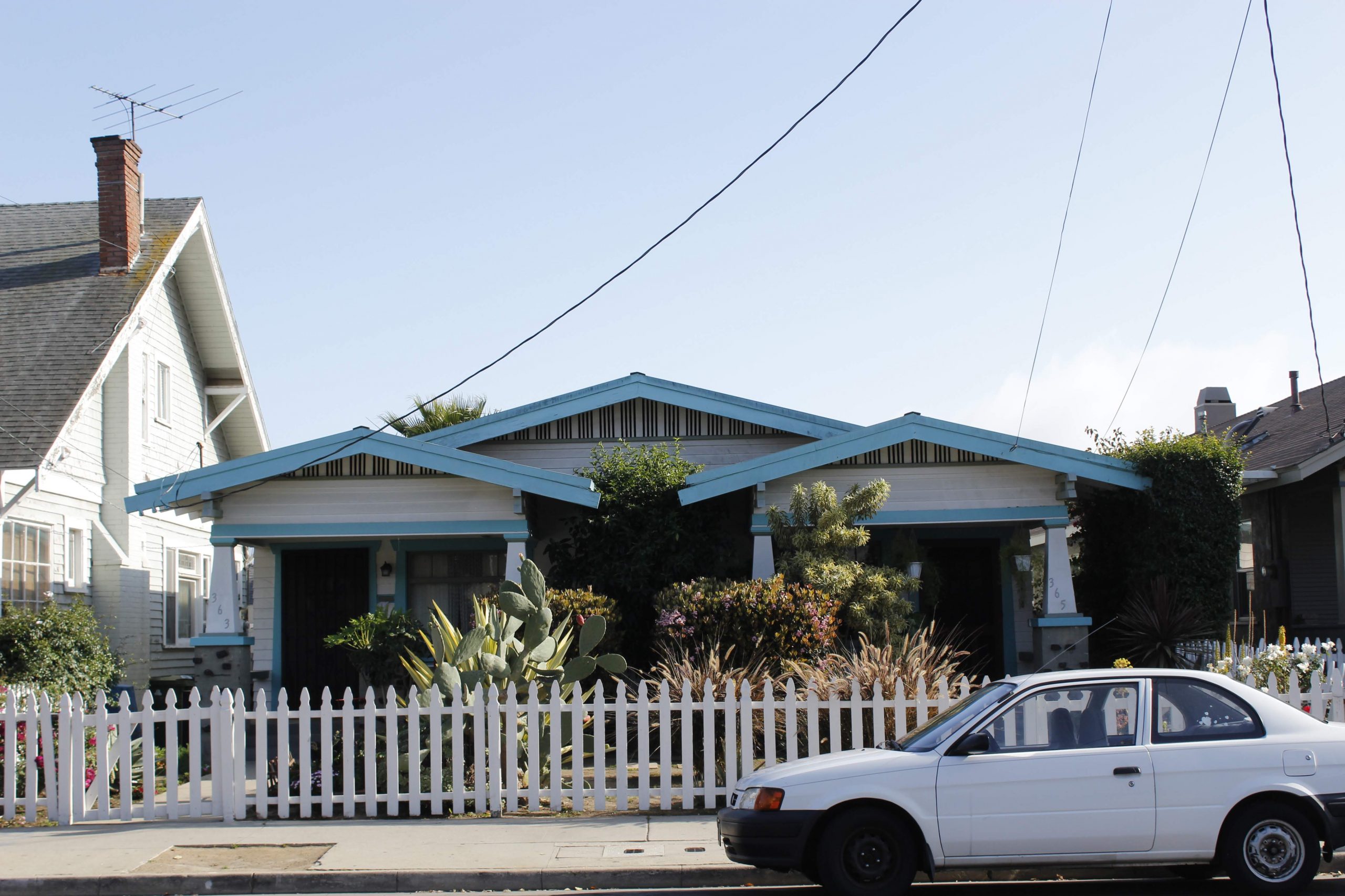Reinvesting in Older Housing— A Key Component of Post COVID-19 Resiliency

Location: Nationwide
Date: May 2020
Congress needed to act quickly to mitigate the impact of the economic recession caused by the COVID-19 pandemic, and it was appropriate to get money immediately into the hands of as many people as possible and to help small businesses survive. However, the entire impact of the $2.7 trillion stimulus package is going to be short term – the $1,200 check that most of us will get, the forgivable loans to keep people paid for three more months, the increase in the amount of unemployment payments. None of that $2.7 trillion expenditure is going toward long-term investments. Capital assets, such as infrastructure, housing, and downtowns, are long-term investments. If we want to take this opportunity to strengthen America through this crisis, we must invest in programs and assets that constitute long-term investments. Such investments build resiliency within our communities to help us recover and weather future catastrophic events.
In this proposal, we argue for a series of principles that future stimulus funding should meet. In order to get the highest use out of necessary relief spending, that money should have multiple impacts: recovery from COVID-19 impacts, stimulate the economy, address the affordable housing crisis, build resilient systems, and invest in long term assets. Investing in older housing meets these tests.

